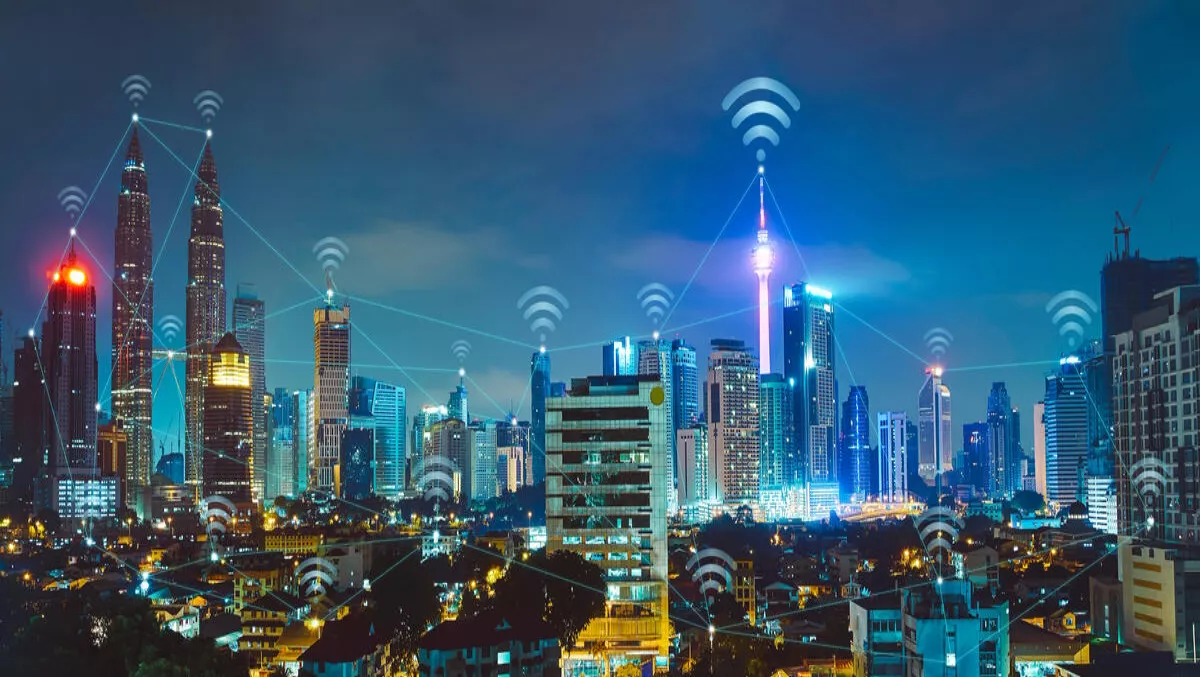
Organisations must ensure a robust infrastructure for their smart buildings, says Wavelink
Smart buildings demand robust infrastructure that is available, reliable, cost-effective, and otherwise suited to their mission-critical role.
That's according to Wavelink, adding that smart buildings rely on the Internet of Things and the organisation's existing network, so it's essential to put the right strategy in place to adequately support the demands of smart buildings.
Ilan Rubin, managing director, Wavelink, says that while smart buildings can be viewed as just another app on the network, they are in fact more complex than that.
"Smart buildings will likely present a number of very demanding requirements, depending upon venue and specific functions. These demands can include coverage, capacity, and cost control," explains Rubin. According to Wavelink, smart building network requirements to address coverage, capacity and cost control needs include:
1. Wired network. Smart building applications run transparently across existing Ethernet infrastructure, apart from the additional network traffic. It's important to avoid proprietary networks, wireless technologies other than Wi-Fi, and unusual system architectures.
The potential pitfalls can include complex and difficult installations and deployments, limited functionality, limited support, rapid obsolescence, and increased capital and operating expenses.
Leveraging the existing network is key. The software-defined network (SDN) will also play an increasingly-important role in organisational networks going forward, and smart-building applications will be among the first to benefit from this evolution. 2. Wireless network. The standard access points already in place to provide IP services to end-users can easily handle smart-building operations without modifications.
However, a few more APs may be required to assure coverage across the entire facility. Wave 2-based APs will have more than sufficient capacity, so the work involved here will be limited to examining traffic flows over time, tuning system settings using analytics tools, and minor changes to operational policies.
Most commercial-grade smart-building devices will use Wi-Fi to leverage the network already in place. It's not cost effective to use proprietary, limited, and ad-hoc building-automation solutions that have traditionally been deployed. And, given that the performance differential between wired and wireless at the edge of the network is now as minimal as it's ever been, the real challenge here will be related to coverage, and not throughput or capacity. 3. IT and network management and operations. Deploying smart-building services presents an excellent opportunity to reconsider current network operations solutions.
This is not because smart buildings necessarily represent a massive increase in workload for operations staff, but because it's always a good idea to review the network when adding new, mission-critical applications.
Contemporary management systems can include: cloud-based deployments for access-anywhere convenience and productivity; centralised and uniform access control; policy-based strategies that minimise configuration efforts; APIs for extensibility, customisation, and future-proofing; monitoring and enforcement of appropriate regulatory policies; and unified operating and control software implementations across all functional units. 4. Security. Physical and information security demands require careful consideration. Some organisations have minimised security requirements for smart-building elements due to the belief that things such as light bulbs don't present any security challenges. However, all networks and the systems and solutions that depend on them must be hardened against attacks, single points of failure, and even the unforeseen and unknown threat.
The key starting point here is an organisational security policy. The security capabilities of the network itself are also important, including access control, authentication, identity management, and traffic encryption. For example, wireless motion detectors, security cameras, and badge or other ID readers can be used to continuously and cost-effectively monitor any part of a structure.
"The trend is clear: every building is going to be a smart building. The key to smart-building success is in leveraging network infrastructure with the coverage and management to make this outcome a reality," explains Rubin.
"By working with vendors, such as Extreme Networks, Wavelink is helping its partners and customers achieve this goal."

